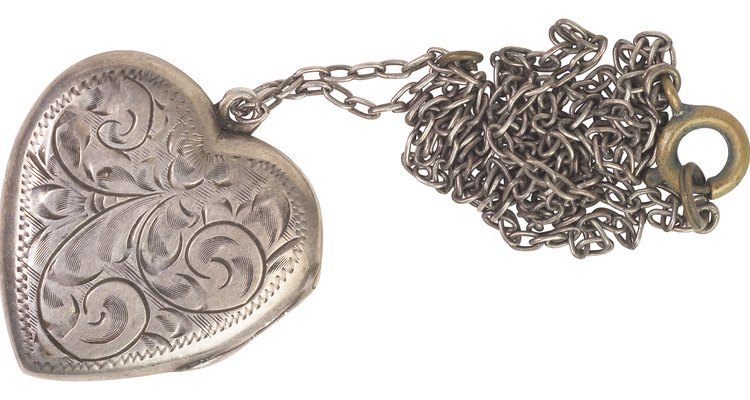
Hemera Technologies/PhotoObjects.net/Getty Images
Oxidation occurs on silver and copper jewelry when the metal reacts with components found in the air as well as certain chemicals, including sulfur. The resulting darkening, or patina, occurs both naturally and artificially. Artificially oxidizing jewelry allows you to control the rate of darkening and requires a sealant after the process concludes to prevent unwanted natural darkening. Sealing your artificially oxidized silver or copper jewelry protects it from natural oxidation and tarnish, which is more severe form of oxidation that results in metal weakening.
What is Oxidation?
The chemical reaction called oxidation occurs when the silver and copper come into contact with various components that make up air -- namely hydrogen sulfide, sulfur dioxide, chloride salts and other sulfur components. These compounds are also found in eggs, table salt, salad dressing, cigarette smoke, air pollution, latex paints and vinegar.
Oxidizing at Home
The oxidation process is either performed by a professional or at home using products that emit sulfur, such as hard-boiled eggs or liver of sulfur, which is a mixture of potassium sulfide and other products used for jewelry darkening and purchased through a jewelry-supply vendor or store. For instance, the liver of sulfur is diluted in warm water before the jewelry is submersed inside for 10 to 15 minutes. The jewelry is then removed and rinsed, and the process continues until the desired level of oxidation is achieved.
Sealing after Oxidation
After the oxidation process is performed, the product is sealed to protect against further natural oxidation and tarnish. Before sealing the jewelry, wash it with a mixture of 1 tablespoon of liquid dish soap and 4 cups warm water. Soak the product in the water to completely remove any of the ingredients used in the oxidation process. Rinse the jewelry with cool water and pat it dry. Cover the jewelry with a thin layer of water-based seal lacquer, which protects against tarnish without altering the silver or copper’s appearance, according to the package directions. The lacquer is generally applied with a brush or the jewelry is immersed in the product.
Jewelry Care Tips
Prevent severe oxidation, or tarnish, by keeping the items away from any of the sulfur or hydrogen sulfide-containing products mentioned in Section 1. Wrapping the jewelry in acid-free paper or placing anti-tarnish strips into the jewelry box or cabinet also prevents severe oxidation, which can cause breakage, unwanted coloring or severe damage. Cutting down on the amount of moisture the jewelry is exposed to also prevents tarnish. Store a desiccant, such as silica gel packs or activated charcoal, along with the jewelry. These products soak up the excess moisture that makes the tarnish worse.
Related Articles
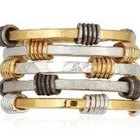
How to Clean Vermeil

Coatings Used to Resist Tarnish in ...

Jewelry & Skin Discoloration

What Is 916 in Jewelry?

Homemade Gold Jewelry Cleaner
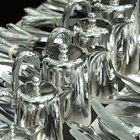
Silver Polish Ingredients

How to Remove Gold Plating

How to Make Homemade Silver Jewelry ...
Can You Serve Food From Sterling Silver?

How to Clean Palladium Jewelry
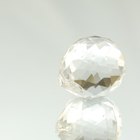
How to Clean Swarovski Jewelry
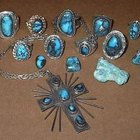
How to Clean Turquoise & Silver Jewelry

How to Clean Sterling & Turquoise ...

How to Clean Silver Jewelry With Vinegar

How to Preserve Hemp Jewelry

How to Clean Extracted Teeth

Information on Colloidal Silver Cream ...
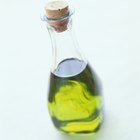
How to Polish a Dull Amber Ring

How to Store Silver Jewelry So It Won't ...

How to Make Grapefruit Seed Extract
References
Writer Bio
Residing in Chippewa Falls, Wis., Jaimie Zinski has been writing since 2009. Specializing in pop culture, film and television, her work appears on Star Reviews and various other websites. Zinski is pursuing a Bachelor of Arts in history at the University of Wisconsin.
Photo Credits
Hemera Technologies/PhotoObjects.net/Getty Images